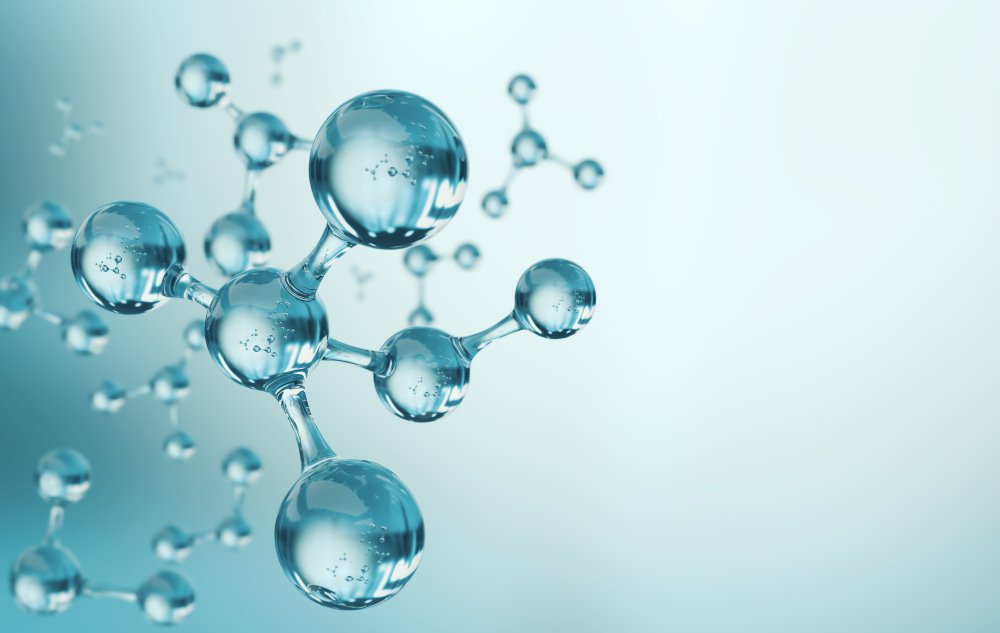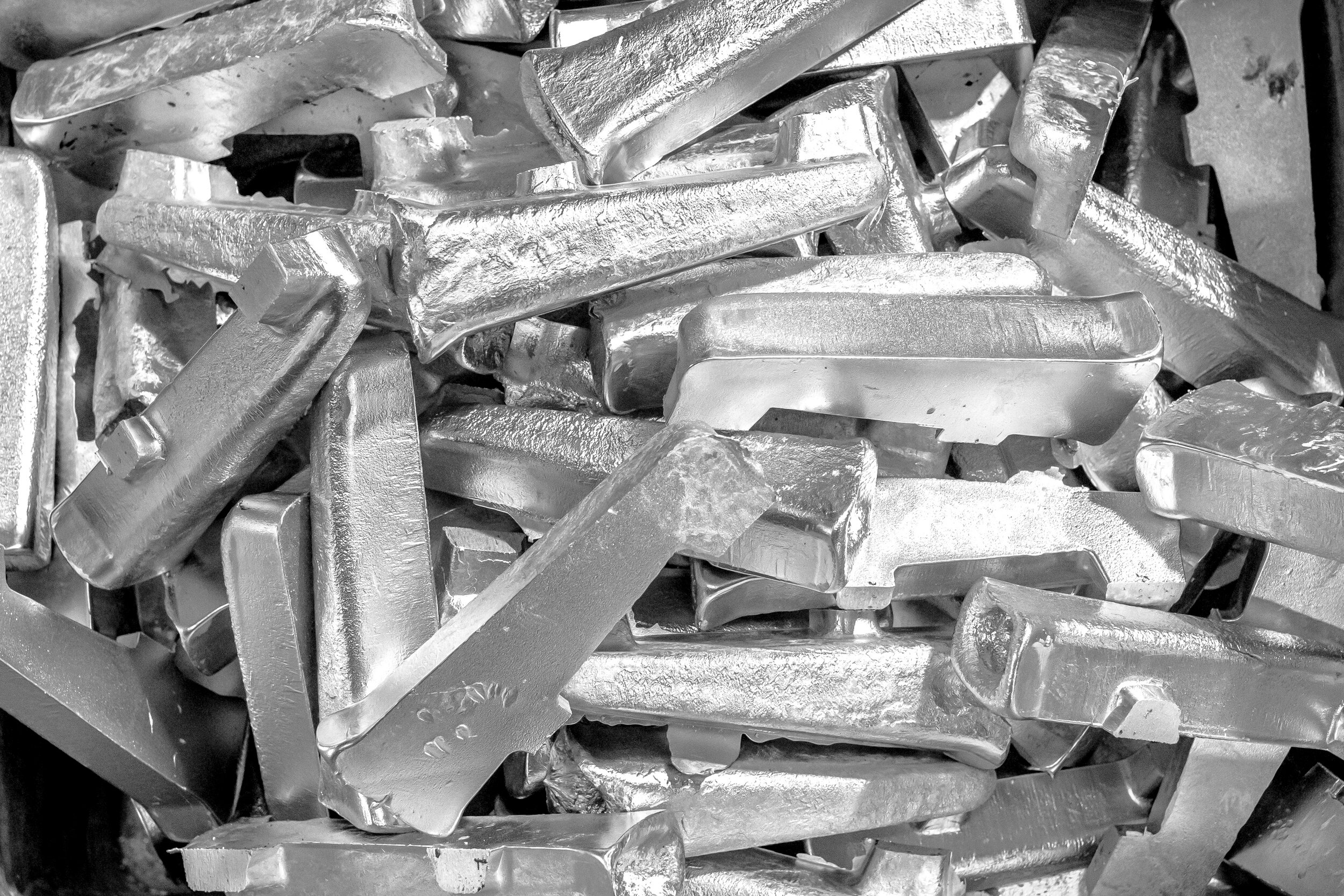Nanomaterials: Light dependent atom clusters for sensing applications

In a new report now published in Nature Asia Materials, Kenshi Harada and a team in materials science and analytical science in Japan and France formed a new environment sensing device that explored the opto-ionic-electronic phenomena of an octahedral molybdenum metal (Mo6) cluster. The team built these nanomaterials, or atomic clusters, with metal atoms bound to each other with accompanying non-metallic atoms. They altered the properties of the materials for a variety of applications by adding functional substances. In this work, Harada et al. developed transparent films made of indium tin oxide on which they deposited hexamolybdenum atomic clusters to investigate the humidity and temperature dependence of the electric properties of the films and to understand how their conductivity altered with varying light conditions. The innovative material has applications as an atmospheric sensor.
Materials engineering to design new nanomaterials
Metals, semiconductors, ceramics and polymers all give rise to functional materials with potential to develop new technologies. Materials that convert energy can be used widely in everyday situations, and researchers aim to impart more advanced properties for devices, including piezoelectric, thermoelectric, gas sensors and photodiodes for sustainable functions. Multifunctional materials development coupled to device miniaturization can lead to the use of a single product to expand applications in sensing and lighting. Harada et al. focused on metal atom clusters recognized as multifunctional building blocks of nanomaterials to design new smart devices. They studied the temperature dependence of electronic properties of a translucent molybdenum metal cluster prepared via electrophoretic deposition, alongside properties of materials conductivity under light irradiation. Then using mass spectrometry, they determined the chemical composition of the metal cluster and described the electronic properties to understand the influence of light irradiation on electronic and ionic properties.
Morphology and properties of the deposited film
Harada et al. first characterized the surface film using a scanning electron microscope. Next, they quantified the ion mobility spectrometry-mass spectrometry to support the hypothesis of ion exchange during electrophoretic deposition. Based on the results, the ion mobility spectrometry showed how these ligand exchange reactions did not substantially affect the molybdenum cluster geometry. They next investigated the temperature and humidity dependence during electric conductivity within the molybdenum cluster film and showed the electronic resistance of the cluster film to be temperature dependent. As the temperature rose, the electronic resistance decreased. The team next observed similar activation energies for molybdenum cluster films prepared with different deposition times to suggest how electronic properties were not affected by film thickness. Harada et al. also accounted for the impedance spectra of the cluster film at different relative humidity to show that as the relative humidity decreased, the electronic resistance increased.
Relaxation-frequency dependence of the molybdenum cluster film and other properties.
Harada et al. next observed the conductivity of the cluster film, which generally depended on the number of hydronium (H3O+) and hydroxide (OH-) ions created by the hydrolysis reaction during the process of electrophoretic deposition. The local modification of the pH around the electrodes was an important factor during the electrophoretic deposition process, and the team used hydronium ions to neutralize the molybdenum cluster anions and create additional clusters, with potentially stable and neutralized components. The scientists next approached the electronic properties of the molybdenum cluster film under light irradiation, which they characterized via direct current measurement. They noted electrical conduction via incoherent transitions of charge carriers between spatially localized states. The team observed changes in local electronic properties of the cluster film under irradiation via ultraviolet, red and blue LED lights under direct current. In each case, they performed light irradiation for only 30 seconds after an elapsed time of 270 seconds from the start of direct current voltage application. Harada et al. also measured the impedance of the cluster film under UV, blue and red light irradiation. The photon flux densities were similar under the conditions of interest. The noted increased impedance when the samples were irradiated with UV and blue light, while there were no significant changes with red light observed.
Outlook
The team further developed a schematic structure of the molybdenum cluster in the film from the results and conducted several experiments with reproducible phenomena that were shown to be reversible. For instance, Harida et al. could restore reduced light irradiation to the initial state after an hour of equilibration. Since the molybdenum cluster showed photocatalytic properties, water molecules and/or hydronium ions contained in the film decomposed in the photoreaction for decreased ion conductivity. Additional research also showed how molecular structure–based layers naturally led to intrinsic semiconducting behavior. Based on the experiments, Kenshi Harada and colleagues highlighted the dependence of the humidity, irradiated light strength and irradiation wavelength on the electronic properties of the molybdenum cluster film. The team identified the most advantageous characteristics of the molybdenum cluster, including the large Stokes shift, long lifetime, and high red luminescent efficiency to show how the electrophoretic deposition film formed a promising multifunctional device to sense humidity and UV.





